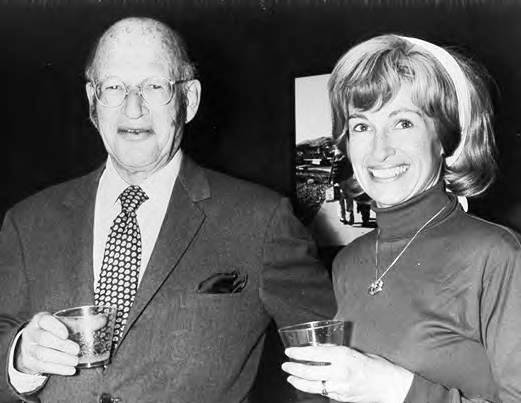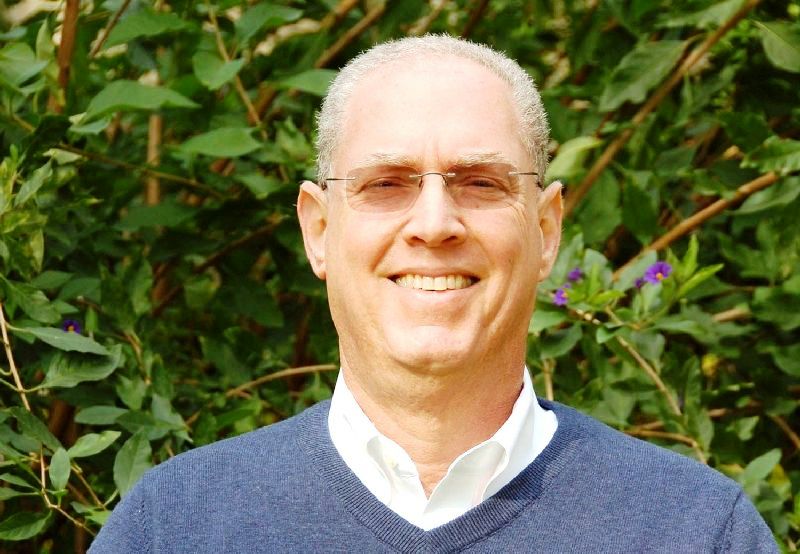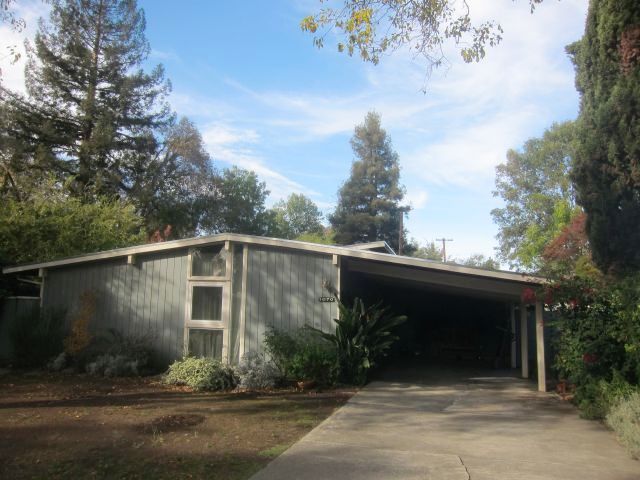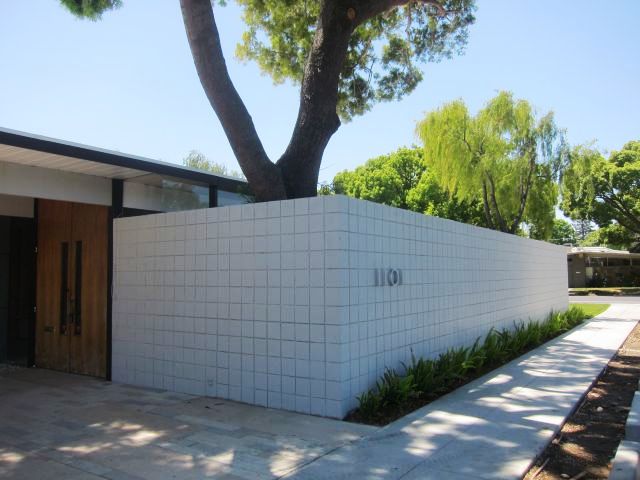
Program Examines Eichler History in Palo Alto
 |
|
|
Anyone interested in the history of Eichler Homes should consider attending an upcoming Palo Alto Historical Association program. The event at 2 p.m. Sunday May 15 features Steven Eichler, the grandson of builder Joe Eichler, speaking on ‘Eichler Comes to Palo Alto.'
Steven Eichler, the organization says, “will speak about considering the built environment with intention, understanding, and appreciation for the neighborhoods that Eichler built.” The event will be a joint meeting with PAST (Palo Alto Stanford Heritage), and will be held at Lucie Stern Community Center, 1305 Middlefield Road.
Steve Staiger, a board member of the historical association and Palo Alto’s city historian, advises people to get to the community center early.
“When we have an Eichler program we expect a full house,” Staiger says, adding that this program should be particularly appealing. “You can hear his grandson speak. He’s very aware of what his grandfather did and wants to keep it alive.”
 |
|
|
“Of the top ten programs we’ve done in terms of attendance, seven to eight were Eichler related,” Staiger says.
Not only do Eichler programs attract large crowds, they attract younger crowds. “The average age drops by 30 to 40 years,” he says, perhaps with a degree of exaggeration.
Also on the program will be a presentation that should please Eichler owners. "Greenmeadow and Green Gables communities will receive Neighborhood Preservation awards in recognition of their 2005 registration as historic districts on the National Register of Historic Places," says Brian George, president of PAST.
The event will also feature an annual tradition of the historical association – handing out historic plaques to buildings that have just turned 100 years old. Such plaques are given out each May, which is 'Preservation Month.'
Steven Eichler, who has an architectural degree from UC Berkeley’s College of Environmental Design, was only 14 when his grandfather died. But he has fond memories of the man.
Steven, who worked for his father, Ned Eichler, in the mortgage business, went on to do remodeling, consulting, and design, and has done much over the past two decades to promote his grandfather’s legacy.
He interviewed architects who’d worked for Joe, and other people associated with Joe, for a late-1980s historical talk. Steven worked with residents of the Greenmeadow Eichler tract of Palo Alto back in the mid-1990s to record oral histories with early residents. Just last year he put together an exhibit about Eichler homes.
 |
|
|
And Steven has gotten involved with efforts throughout town to preserve Eichlers from being torn down.
The program comes during a time that some see as a crisis in the history of Eichler homes, as exorbitant costs for land have led some buyers to demolish Eichlers to replace them with much larger homes.
Several neighborhoods are seeking protection from teardowns and second-story additions by seeking single-story overlay zones, and some neighborhoods have already won such a zoning change.
The historical program seems to lend support to such efforts by emphasizing the historical importance of the homes.
“[Joe Eichler] conceived the idea to not only fill the need for housing after World War II, but to do so in a manner unconventional to the average, and even not-so-average, tract home builder,” the association writes in its newsletter.
“What followed was more than just a house. It was a way of living, ‘Eichler Living.’”
“Eichler set high goals with an eye on good design, determined to offer houses and neighborhoods that provide families a way to live more fully. In working with innovative and imaginative architects, he was successful in bringing to market an architect-designed contemporary home for the person with an average income.
 |
|
|
“As it was for those first owners, those who live in an ‘Eichler’ today feel a personal connection to their home and neighborhood. Preserving a legacy of Eichler Homes is important for the unique and rich place in history that they represent in merchant building and mid-century modern architecture for the masses.”
Although Palo Alto may have more Eichler homes than any other city, about 2,700-plus homes, this college town is not where Eichler built his first homes. Sunnyvale has that honor. But Eichler homes dot the town, particularly in its southern reaches, where tract after tract, ranging from homes from throughout his career can be found.
Eichler also built many custom and semi-custom homes on the Stanford campus. And Palo Alto is where Eichler built his only shopping center, the Edgewood Center, which has since undergone significant changes.
Eichler had his own offices adjacent to the center for many years.
 |
|
|
The Palo Alto Historical Association, which was founded in 1913, has taken great interest in Eichlers in recent years, in large measure due to Steve Staiger.
When Staiger became city historian 30 years ago and examined the historical files, “I said there are two things this collection is missing. [Material on the] Little League in the 1950s and on Eichler. My predecessors were older than me, and they didn’t recognize the significance of the Eichlers. I’ve done a lot to correct that.
“I have not been as successful on the Little League.”
He built up a collection that included photos, some old sales brochures, copies of brochures, news clips, and more.
And he gets questions about Eichler homes, often from their owners.
“We can’t provide any information house by house, but we can provide some information about each neighborhood,” Staiger says.
“More and more people are interested in their Eichlers,” he says.
- ‹ previous
- 475 of 677
- next ›



